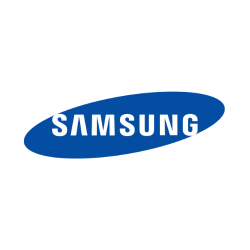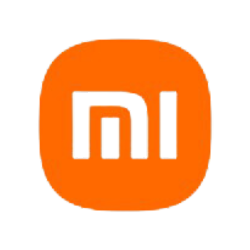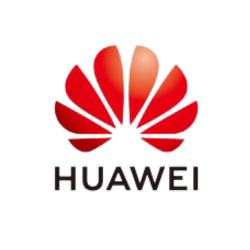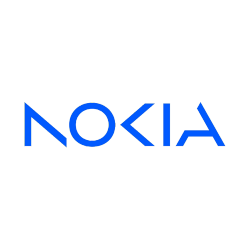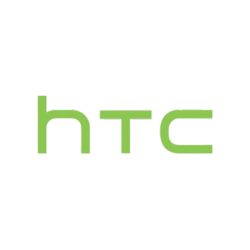
Introduction to Nokia 2100
The Nokia 2100 was a classic mobile device released in the early 2000s, specifically announced in the first quarter of 2003. Known for its simplicity and reliability, it marked an era where mobile phones were primarily communication tools. With its user-friendly interface and robust build, the Nokia 2100 became popular among many users seeking basic telephony with reliable performance.
Design and Build
The Nokia 2100 is notable for its compact design, with dimensions of 105 x 44 x 20 mm and a weight of 85 grams. Its body was made to fit comfortably in the user's hand and pocket, featuring a durable construction that was characteristic of Nokia phones of that era. The device was available in three colors—Yellow, Green, and Grey, with additional Xpress-on covers allowing users to personalize their phones.
Display
The device featured a monochrome graphic display with a resolution of 96 x 65 pixels, in a 3:2 ratio. While the display technology might seem minimal by today's standards, it was more than adequate for displaying call information, text messages, and playing simple games like Snake II.
Battery Life
The Nokia 2100 was powered by a removable Li-Ion 720 mAh battery. Its battery life was sufficient for the device's needs, offering standby time between 50 to 150 hours and a talk time ranging from 2 to 3 hours and 20 minutes. This made it a reliable choice for daily communication without the constant need for recharging.
Network and Connectivity
The Nokia 2100 operated on the GSM technology supporting 2G bands, specifically GSM 900 and 1800. It, however, lacked advanced data connectivity options like GPRS and EDGE, which limited its use for internet connectivity, aligning with its purpose as a straightforward communication device.
Memory and Storage
The phone did not support expandable storage via card slots, aligning with its positioning as a feature phone. It had a simple phonebook feature capable of holding up to 100 contacts, along with a call log capacity for 10 dialed, received, and missed calls. This limitation was not a significant concern for users at the time, as the primary purpose of mobile phones was for calls and texts.
Sound and Alerts
Although the Nokia 2100 lacked a loudspeaker and a 3.5mm jack, it supported vibration alerts and monophonic ringtones that could be downloaded or composed using the phone’s composer feature. This was typical of mobile phones from that era, focusing on essential features without extensive media capabilities.
SMS and Communication Features
The Nokia 2100 excelled in basic SMS capabilities, supporting messaging in major European languages. It also featured practical utilities like a clock, an alarm, and a selection of three built-in games: Link5, Space Impact, and Snake II. These games, particularly Snake II, became iconic features of Nokia phones.
Launch and Market Impact
Upon its launch, the Nokia 2100 was quickly discontinued as newer models with advanced features became available. However, it left a lasting impact on the market due to its user-centric design and reliability. It was particularly favored by users looking for durability and simplicity in a mobile phone.
Conclusion
The Nokia 2100, today remembered as a vintage device, symbolizes an era where mobile phones were in their nascent stage of development, serving mostly as tools for communication rather than the multi-functional devices they have become. Its legacy persists in the simplicity and durability that Nokia became known for, and it remains a beloved piece of mobile history.
Key Features of Nokia 2100
- Compact Size: Dimensions of 105 x 44 x 20 mm, lightweight at 85 g
- Basic GSM Functionality: Supports GSM 900 / 1800 bands
- Durable Design: Sturdy build with Mini-SIM
- Monochrome Display: 96 x 65 pixels resolution
- Simple Contact Management: Phonebook capacity for 100 entries
- Essential Communication Features: SMS messaging supported
- Entertainment: Includes 3 games - Link5, Space Impact, Snake II
- Customization: Xpress-on covers available in Yellow, Green, and Grey
- Removable Battery: Li-Ion 720 mAh battery providing up to 150 hours standby and up to 3 hours 20 minutes talk time
- Basic Alert Types: Vibration and downloadable monophonic ringtones
Disadvantages of Nokia 2100
- No GPRS or EDGE support, limiting mobile data connectivity capabilities.
- Monochrome graphic display with low resolution of 96 x 65 pixels.
- No memory card slot for expandable storage.
- Limited phonebook capacity with only 100 entries.
- Lacks a built-in camera.
- No loudspeaker, which may affect audio output quality.
- No 3.5mm headphone jack, limiting audio accessory compatibility.
- No WLAN, Bluetooth, or radio functionality for connectivity and entertainment.
- Very basic features and no support for Java applications.
- Limited battery talk time of up to 3 hours and 20 minutes.
- Discontinued status, which may affect availability and support.

View Also
More Phones
All Rights Reserved +14038 Phones © Mobilawy 2025


